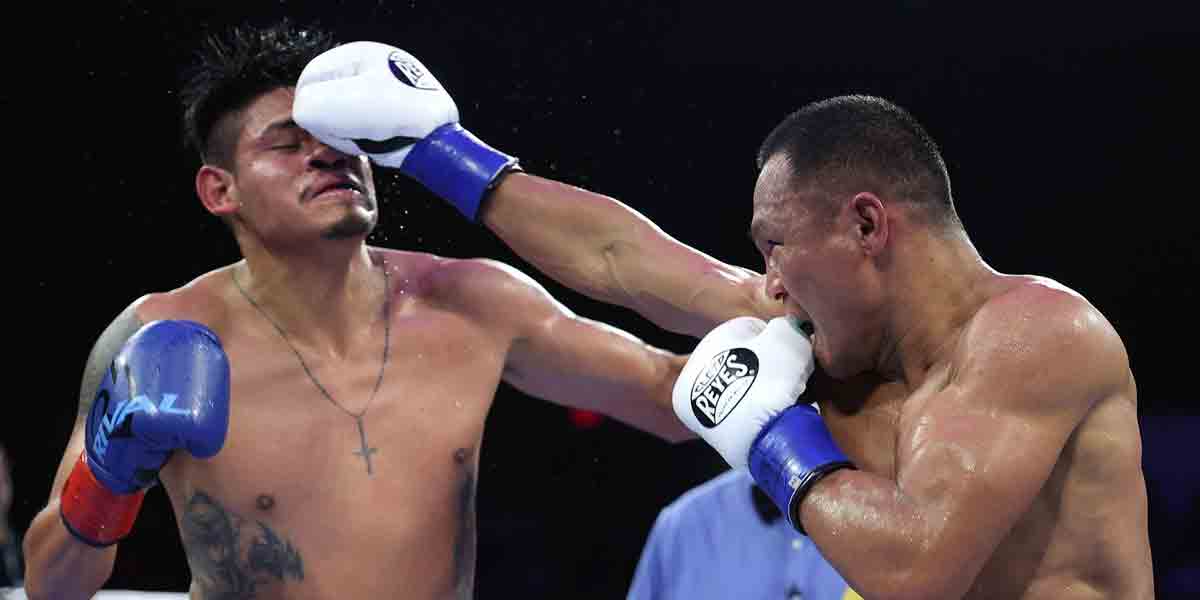![]() By Reyshimar Arguelles
By Reyshimar Arguelles
The fight against the CoViD-19 pandemic is far from over. Even as clinical trials for a drug or vaccine have seen considerable progress, it will still be long until we can find a viable solution to this health crisis.
A second wave of the pandemic looms and experts have warned about its severity. In this sense, the survival of millions of people (especially the elderly and the immunocompromised) will depend on how governments respond in the absence of a cure or vaccine.
For sure, no country has ever come close to eliminating the virus completely, but there are some that have done better. Despite recording two new cases recently, New Zealand had been virus-free for almost a month. How did the administration of Jacinda Ardern react to the crisis?
At a time when countries were scrambling to cancel international flights, New Zealand imposed travel restrictions only much later. Cases had peaked in the middle of March prompting the government to impose a science-based approach to contain the virus. This, according to an article published on National Geographic, involved “eradicating the virus from (New Zealand’s) shores, by cutting off the arrival of new cases and choking out existing ones with the restrictions.”
This strategy proved effective. Domestic and international travels were halted and only essential services such as grocery stores and medical outlets and hospitals were allowed to operate. By April, New Zealand existing cases began thinning out while community transmissions were reduced to nothing.
New Zealand was lauded for its government’s decisions and less than 90 percent of its citizens were in full support of its CoViD-19 action plan. To some, however, New Zealand’s population of 4.8 million people seems like an important factor because it doesn’t require too many resources to realize its plans.
But how about Vietnam which has a population of 95 million? The socialist state has been cleared of the virus for more than two months, with only 349 confirmed cases and zero deaths in total.
What were the factors that made an example of Vietnam? Before it was able to record its very first case, the government acted swiftly from the get-go. According to an article on The Diplomat, Vietnam was able to organize a committee tasked with preventing the spread of CoViD-19 on the “same day the World Health Organization declared the outbreak to be a Public Health Emergency of International Concern.”
After recording six confirmed cases, Vietnam declared a national health epidemic and initiated a massive information campaign throughout 700 hospitals. What is baffling about this response is the fact that Vietnam was able to keep the number of cases at very low levels despite lacking resources for contact tracing and mass testing.
In place of such strategies which prove successful in wealthier countries such as South Korea, Vietnam’s model involves localized lockdown measures that prevented the need for large-scale quarantines. Other than that, the country adopted an aggressive stance against misinformation by introducing hefty fines against fake news peddlers.
In a report by the United Nations Education, Scientific and Cultural Organization, WHO’s representative in Vietnam Kidong Park said that the circulation of rumors can be “harmful to response measures and local communities,” so it is crucial for Vietnam to “provide clear, timely, evidence-based information to the public.”
The question now is this: has the Philippines handled its CoViD-19 response well. As the country passed the benchmark of 30,000 cases on Sunday, we cannot help but think if the government could have done better to protect citizens.
It’s certainly too late to play the hero, but this administration should have heeded the warning signs before CoViD-19 became a national threat. It should have also prioritized localized containment and provided the resources needed to ensure the safety of returning OFWs and locally stranded individuals.
And now that the numbers are out of control and the task force handling this crisis seems to lack a clear direction. As we wait for a vaccine and cure to CoViD-19, the best they can do in this critical time where people’s lives are at stake is to smile and wave and wish for this nightmare to end.






















